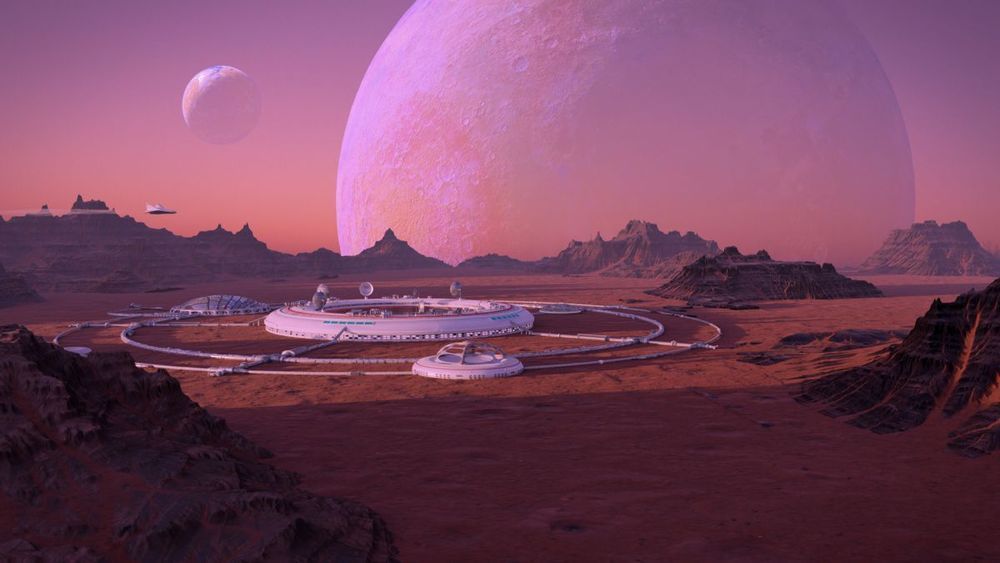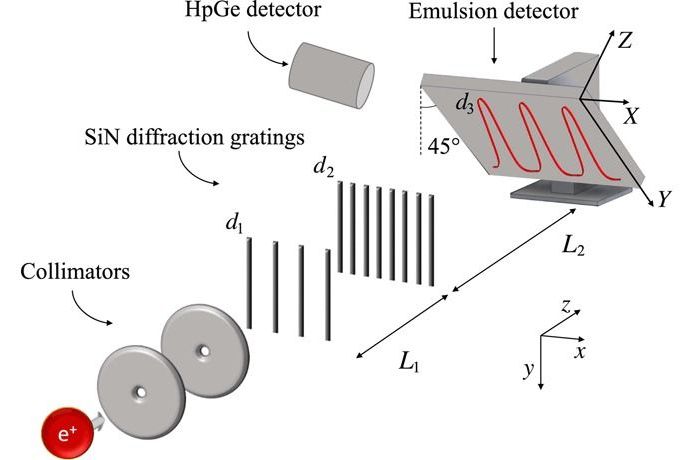Thanks to The Great Courses Plus for sponsoring this video. Signup for your free trial with them today at: http://ow.ly/Z4ZV30pygjw
In this video, we delve into 3 essential mysteries that sit inside every moment and realize how little we know about anything and everything. And perhaps why that’s ok.
If you are interested in supporting the channel, you can donate to our Patreon here: https://www.patreon.com/pursuitofwonder
Follow Pursuit of Wonder on Instagram at: @pursuitofwonder_official
The Great Courses Plus is currently available to watch through a web browser to almost anyone in the world and optimized for the US, UK and Australian market. The Great Courses Plus is currently working to both optimize the product globally and accept credit card payments globally.





